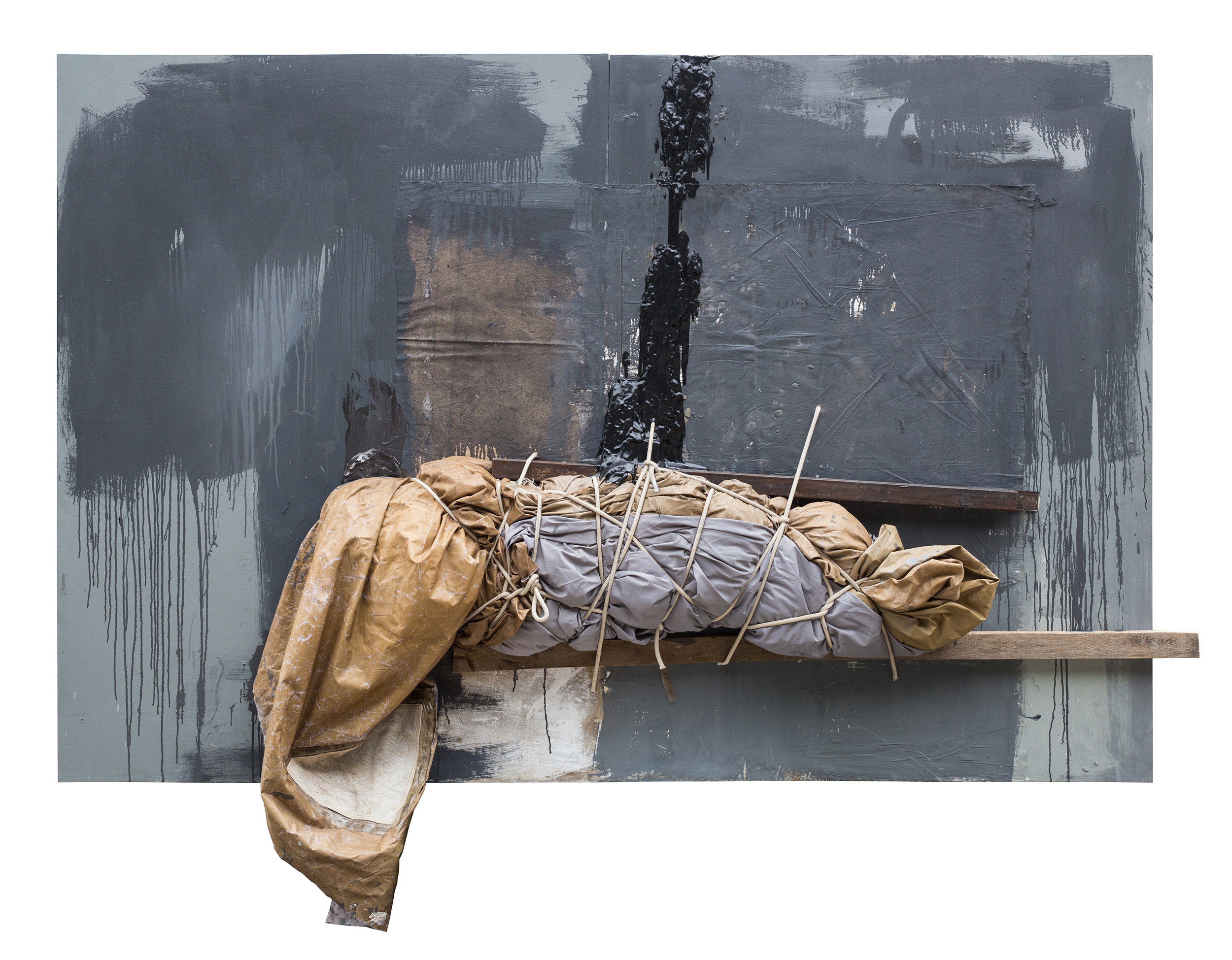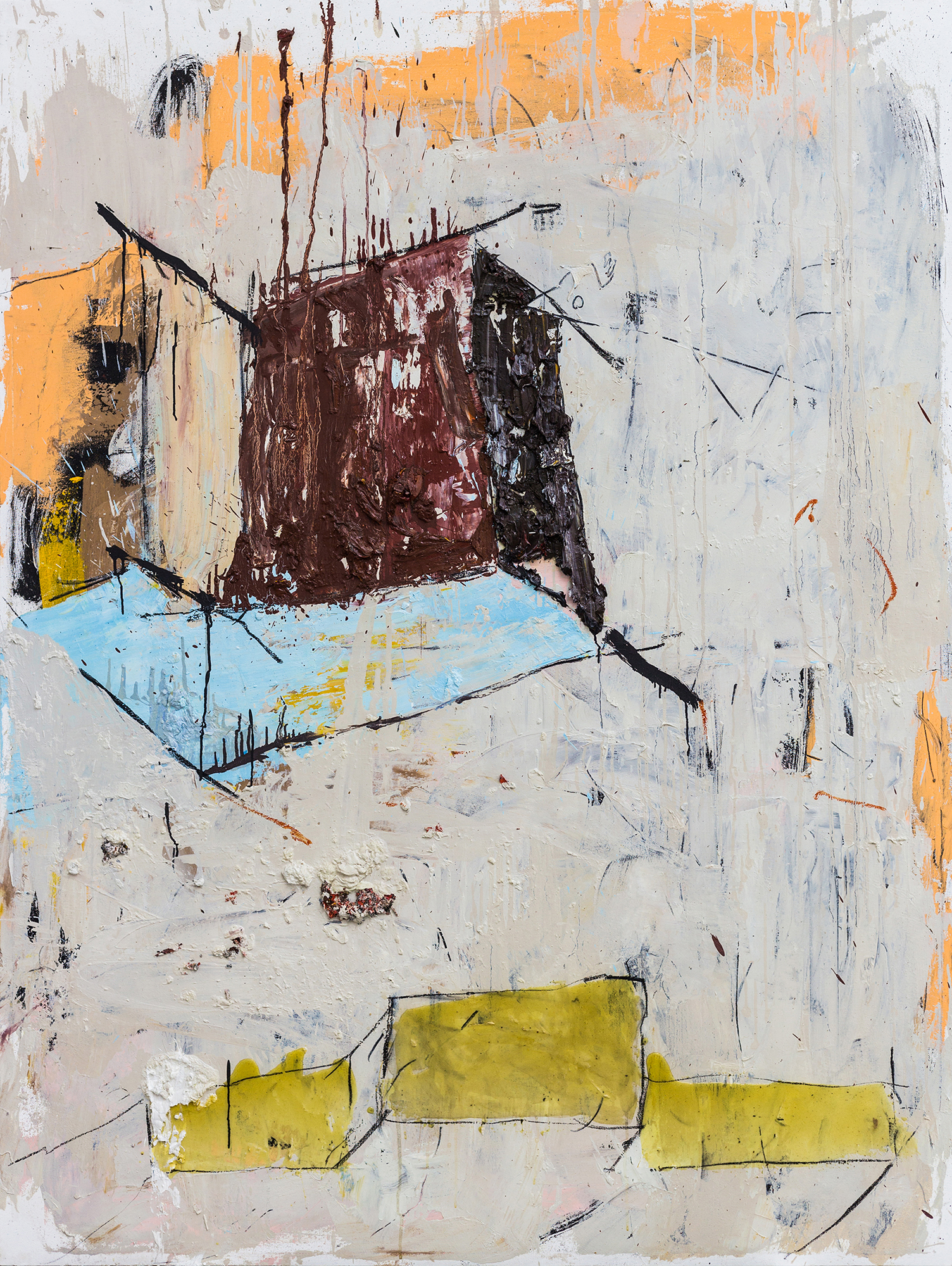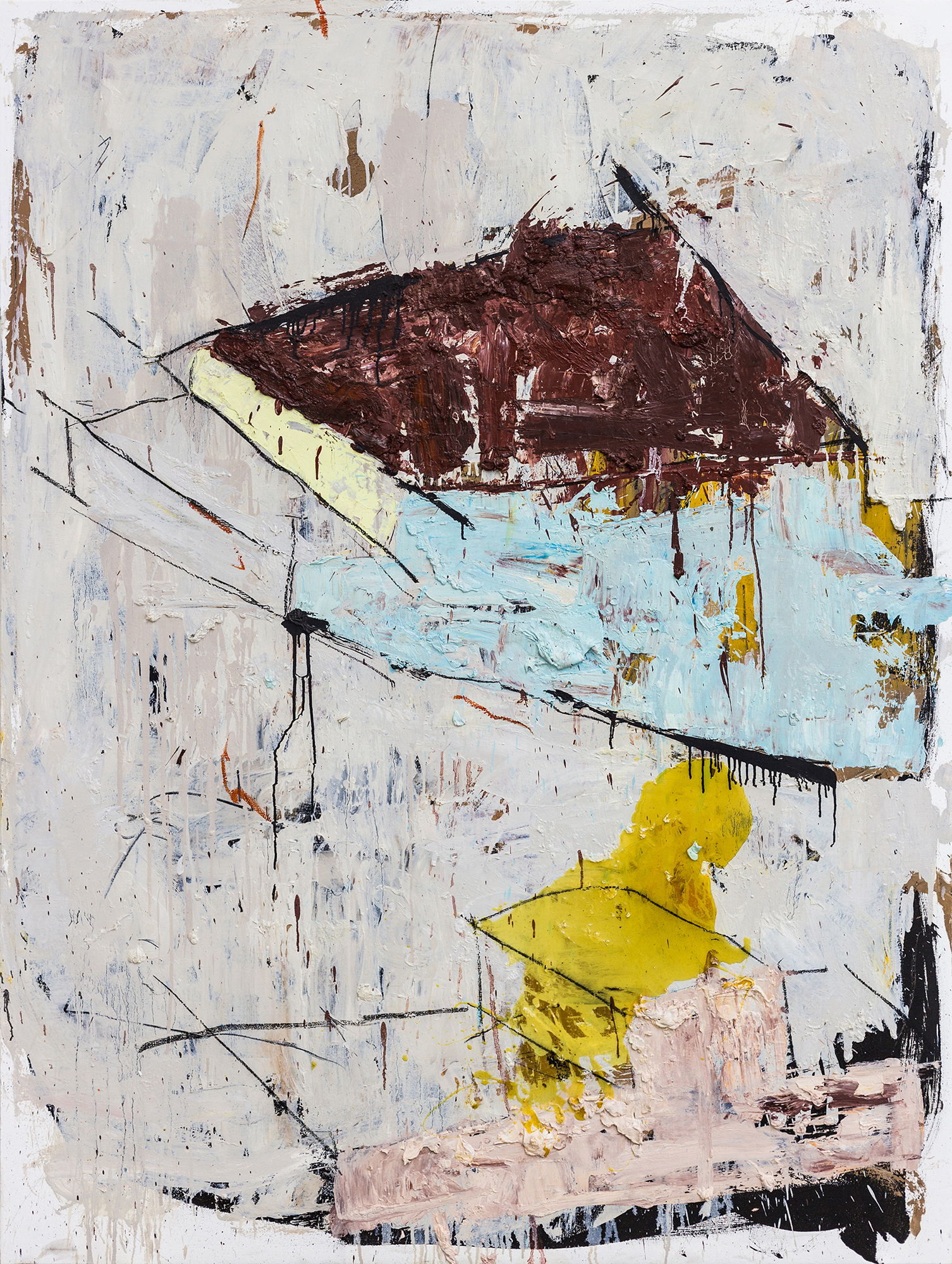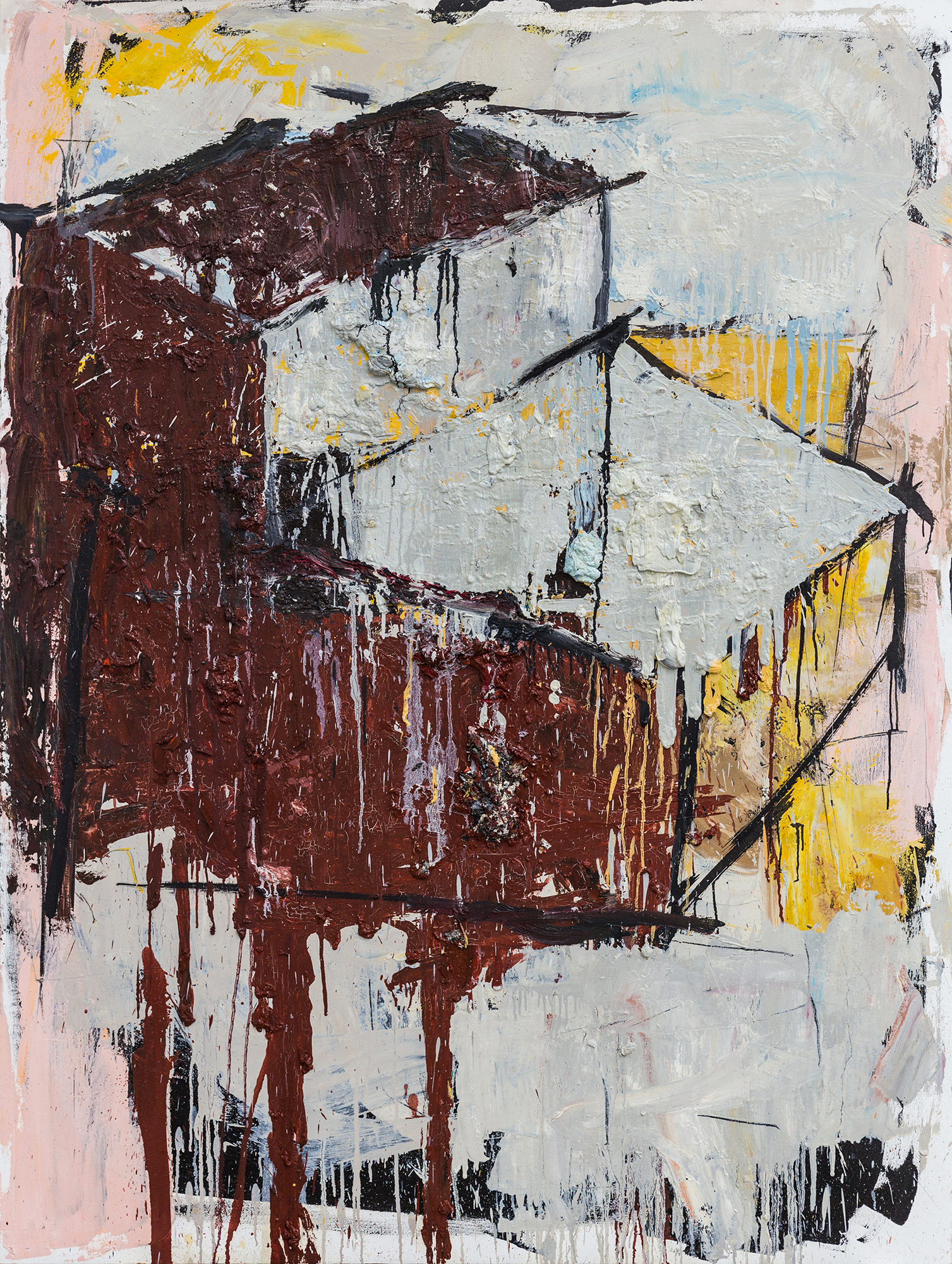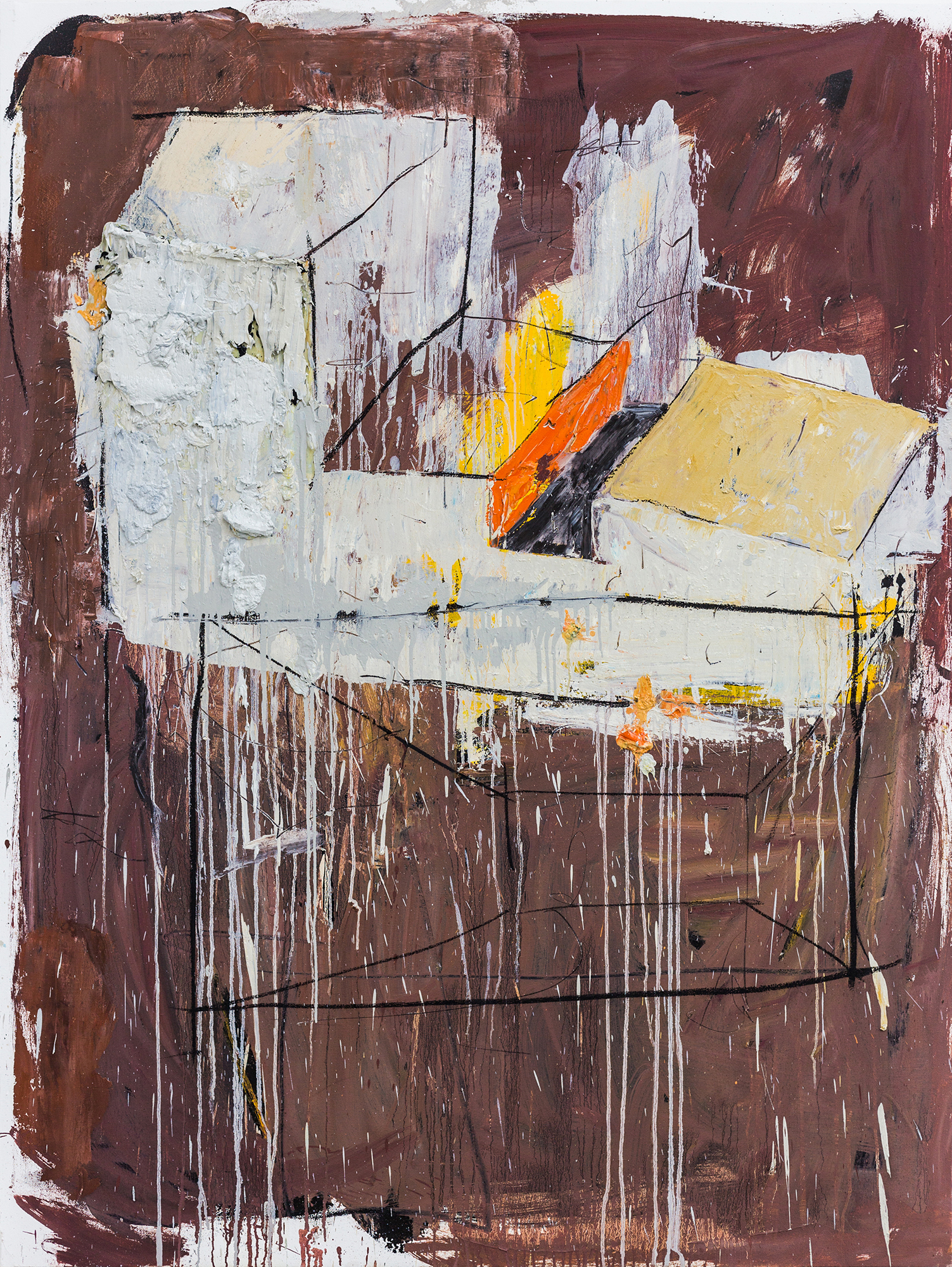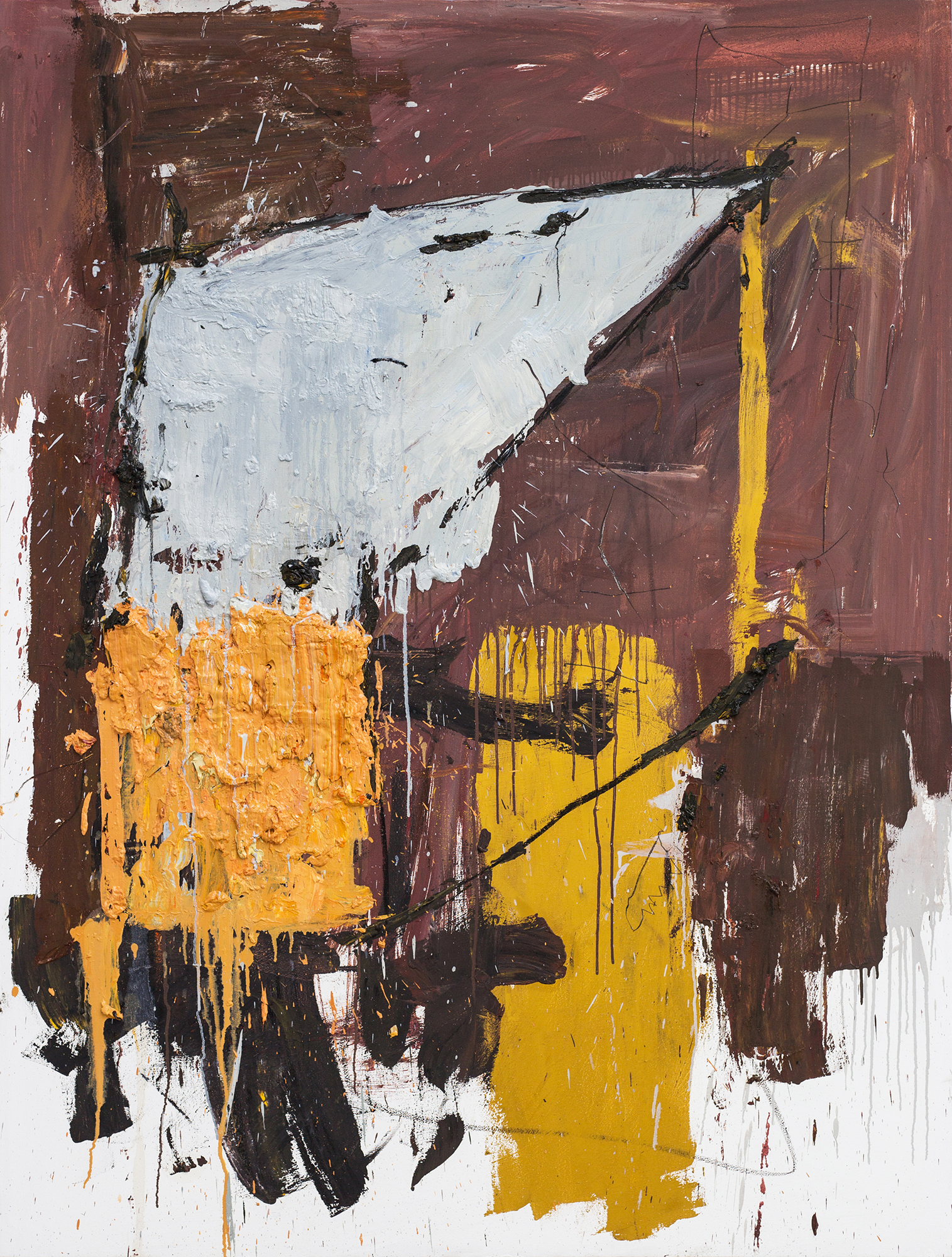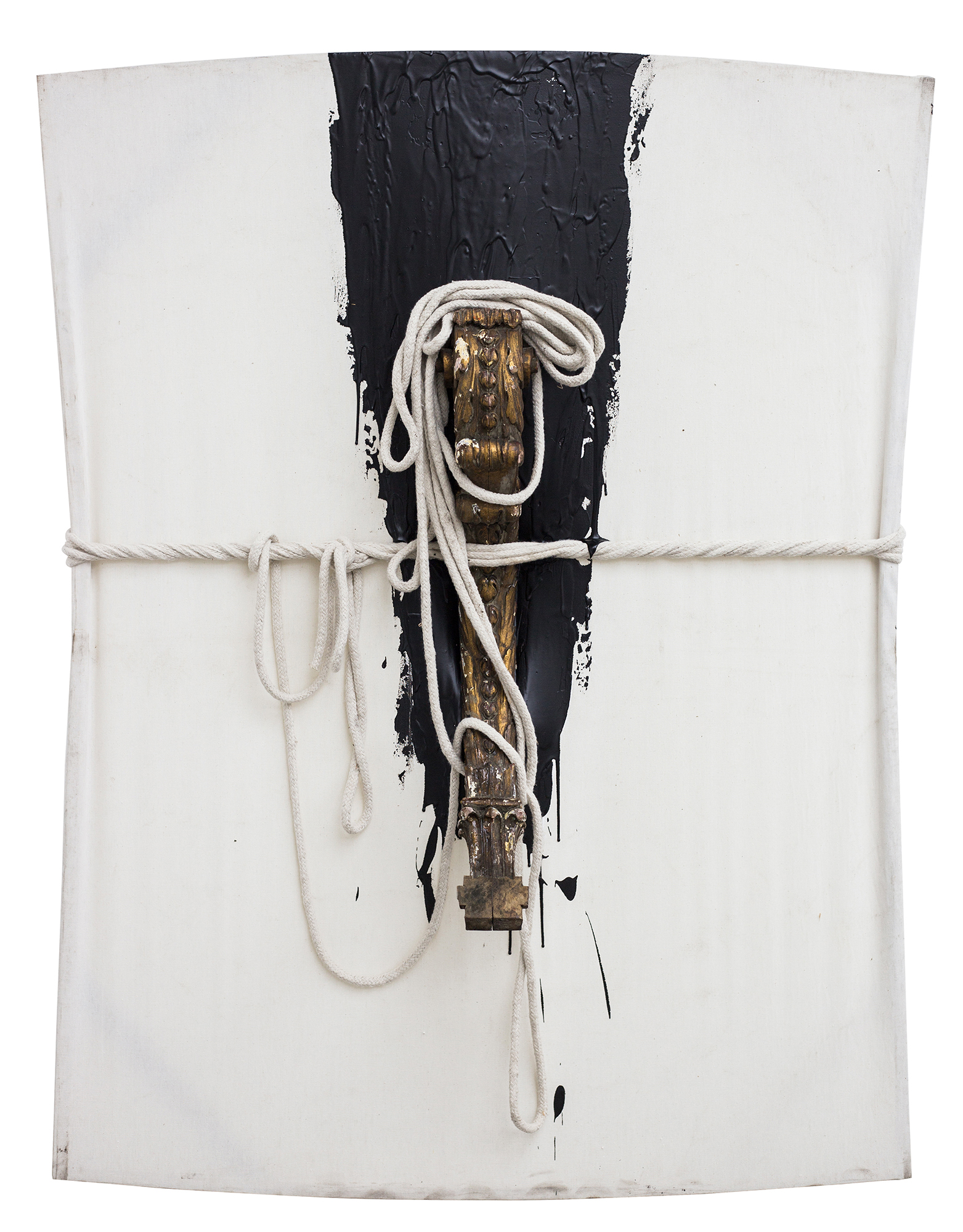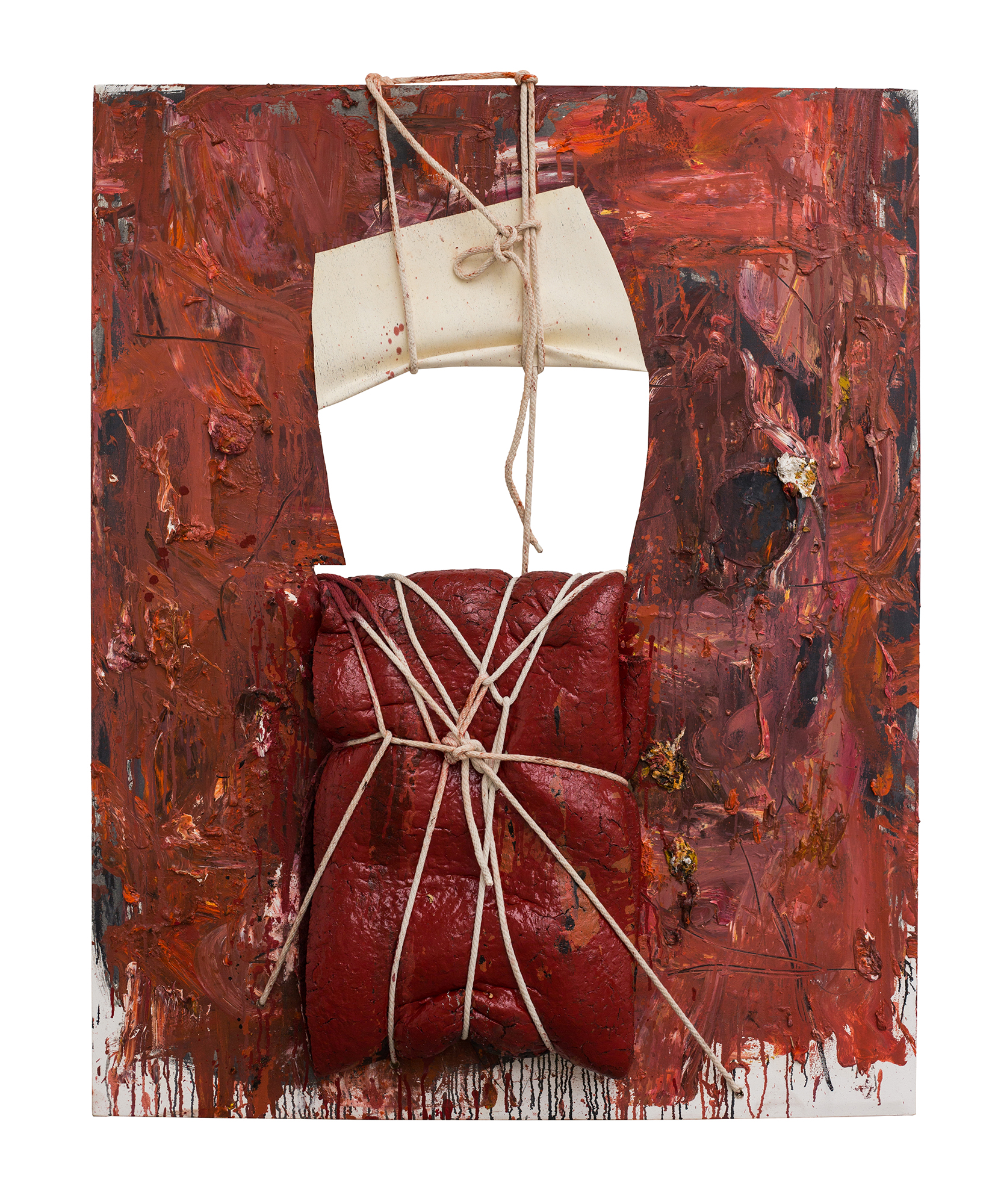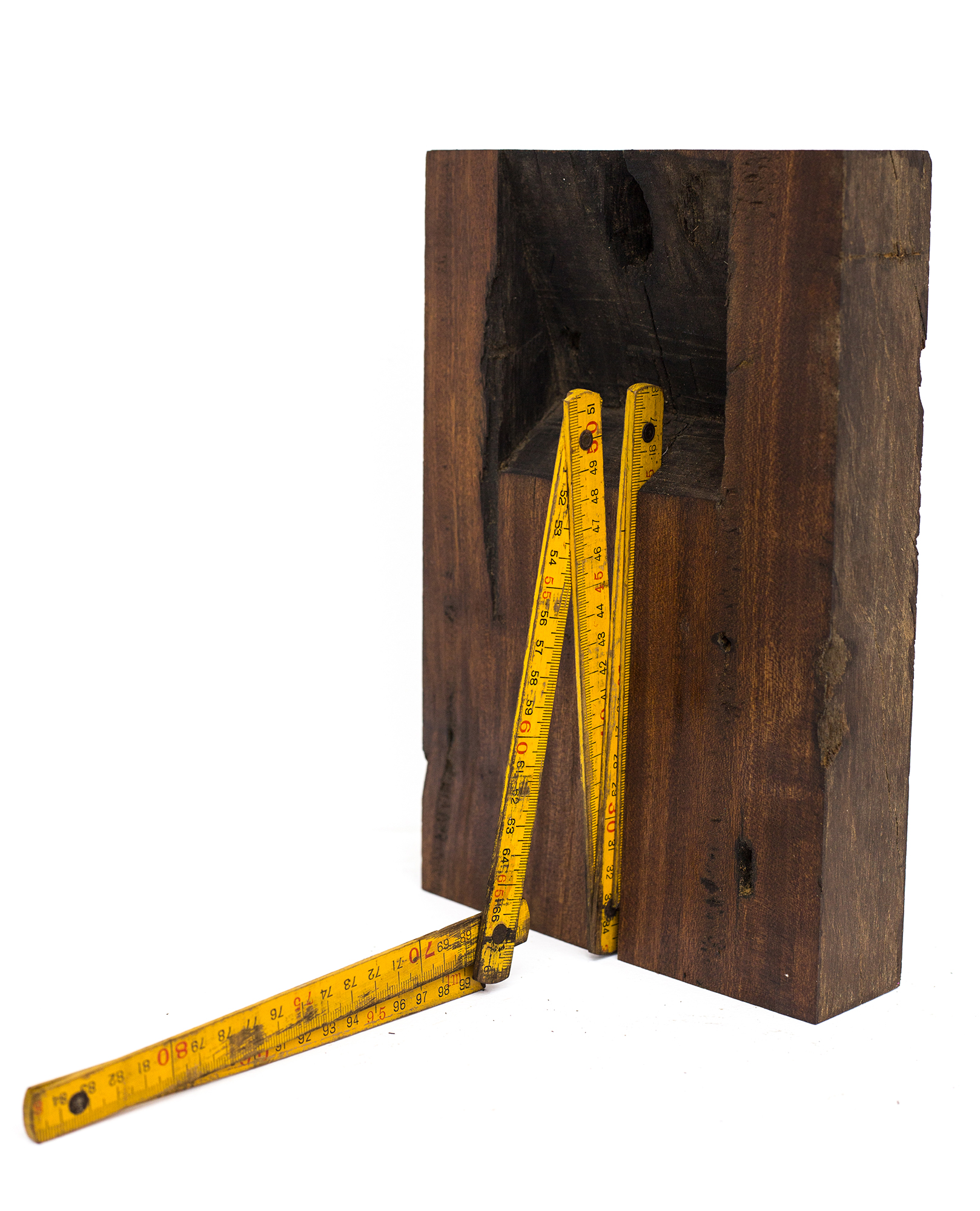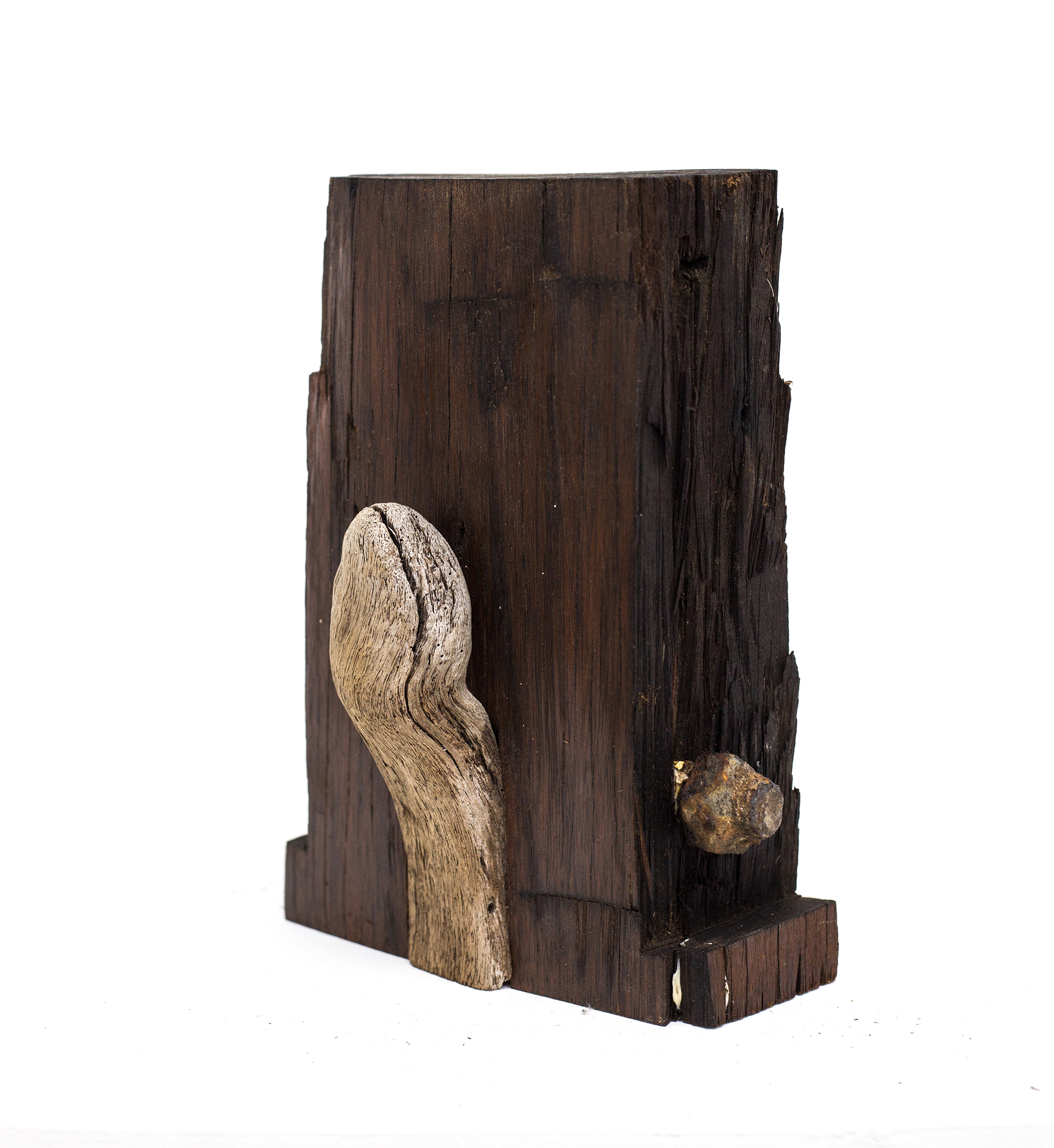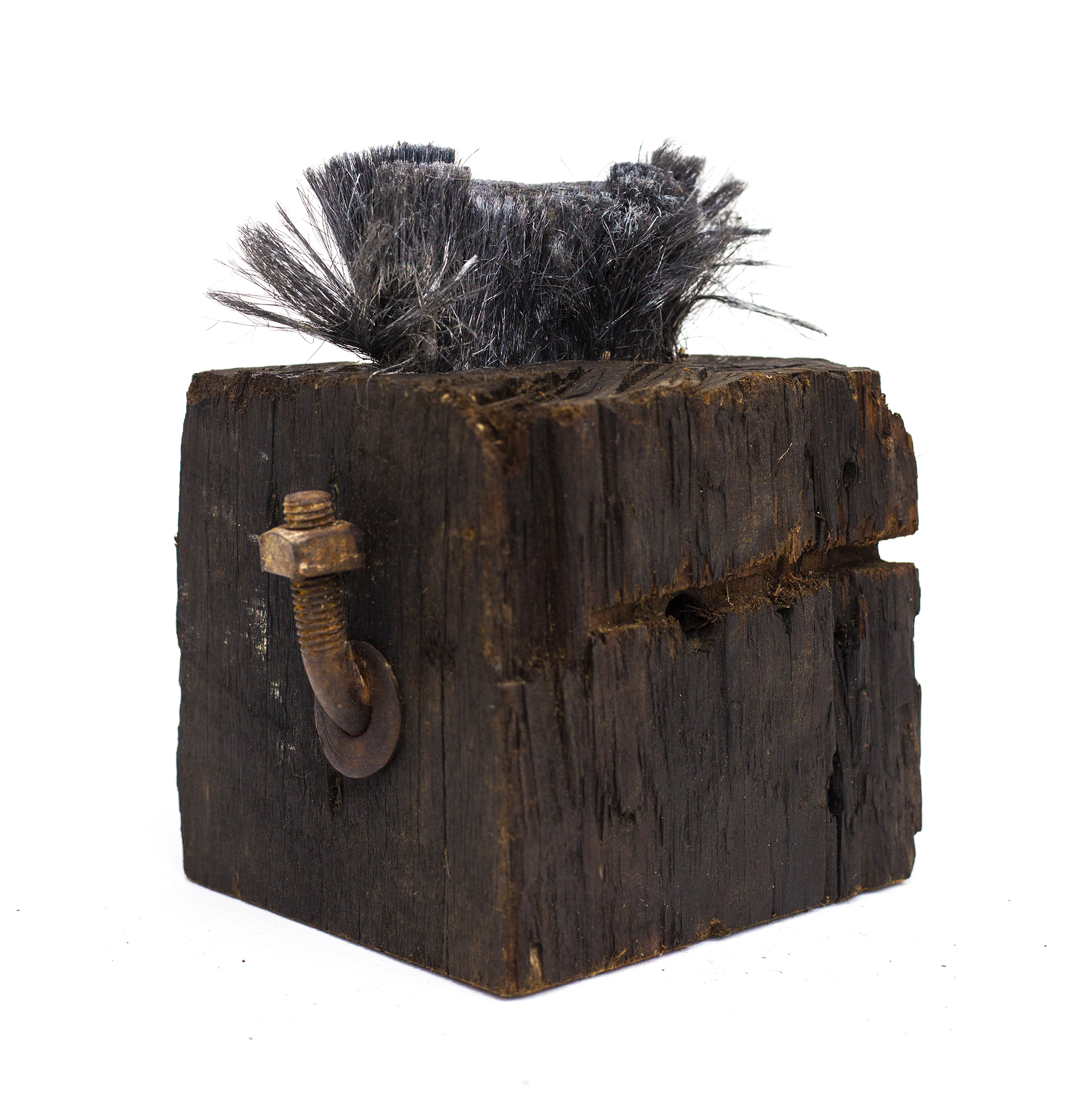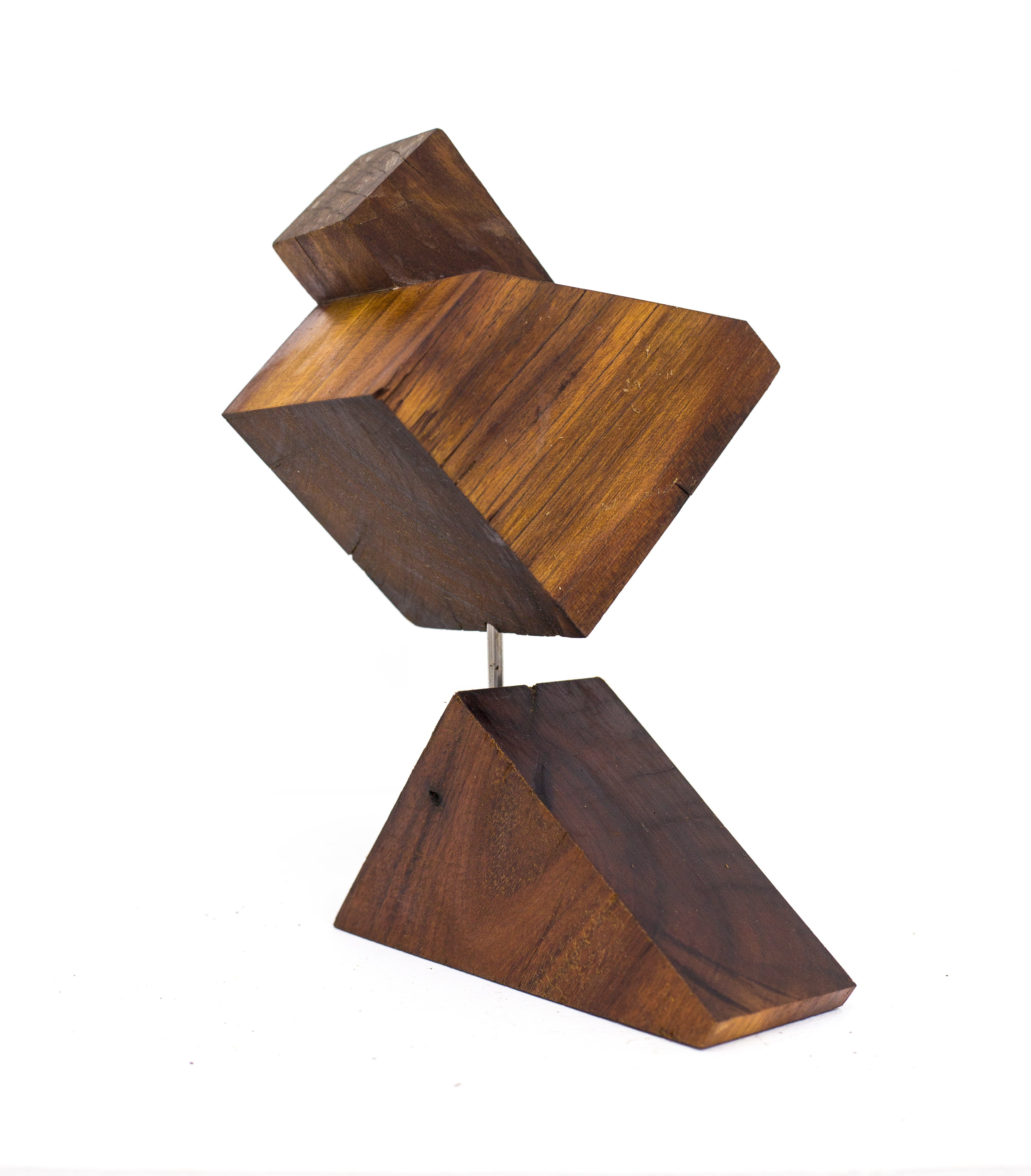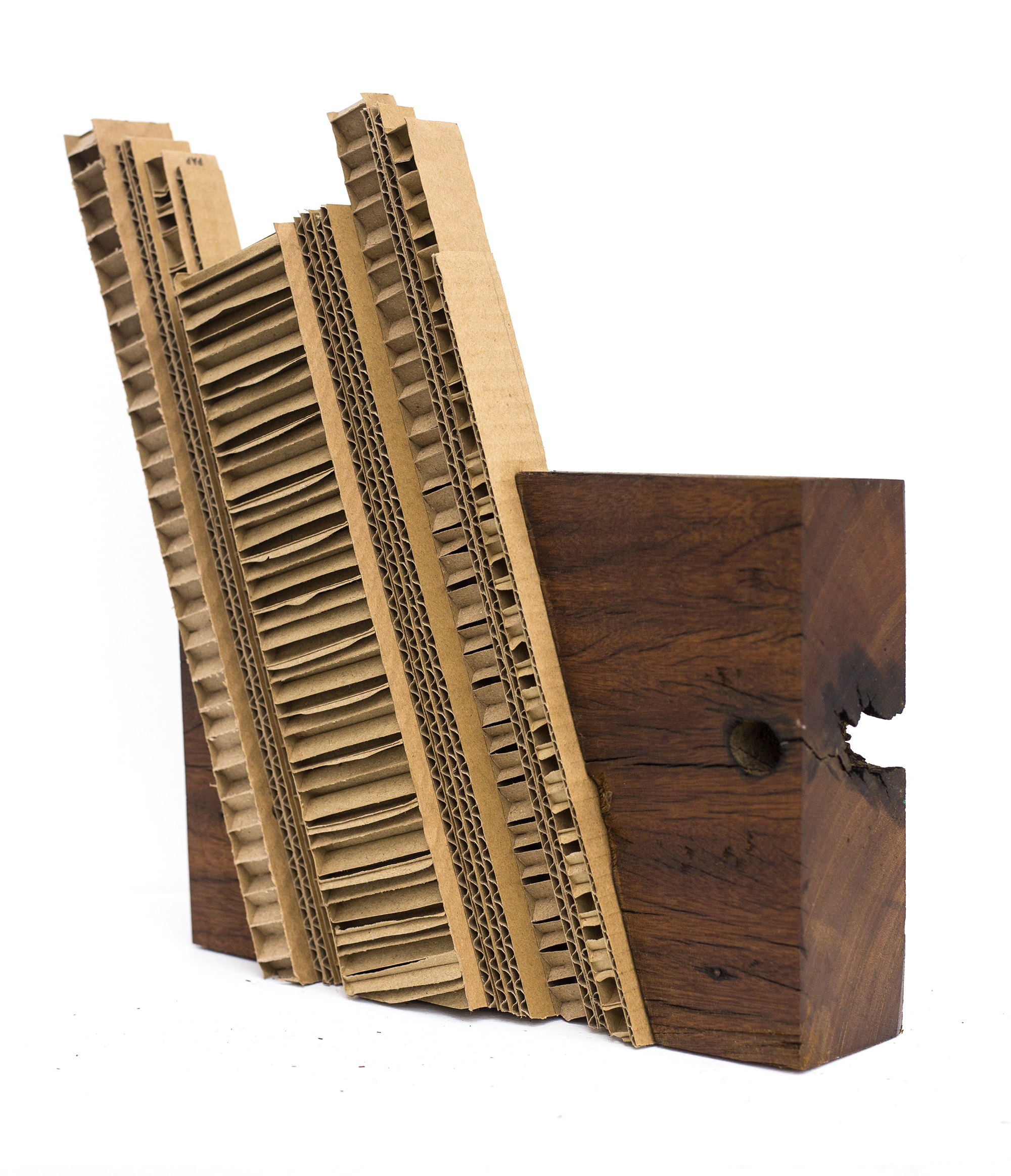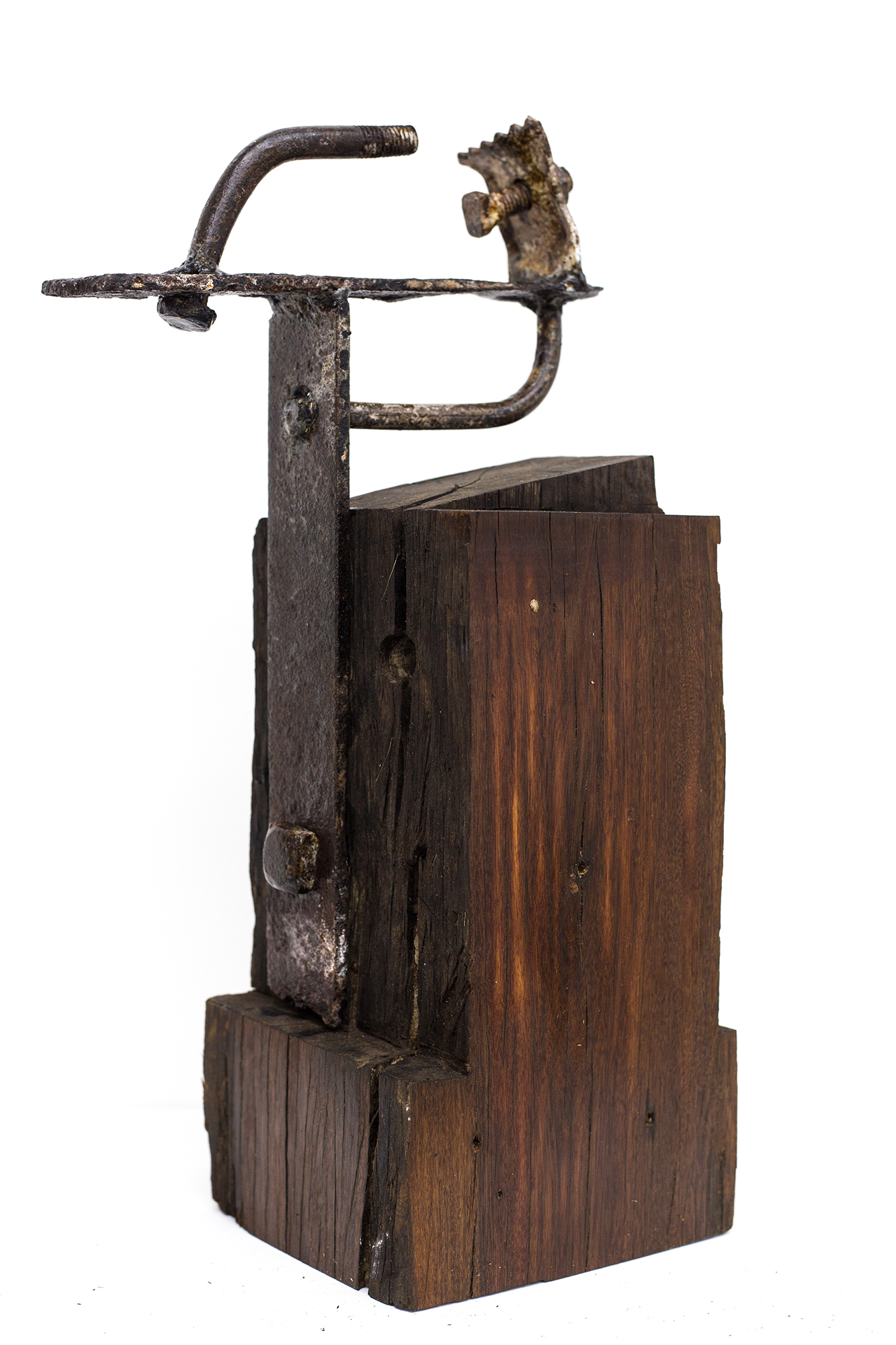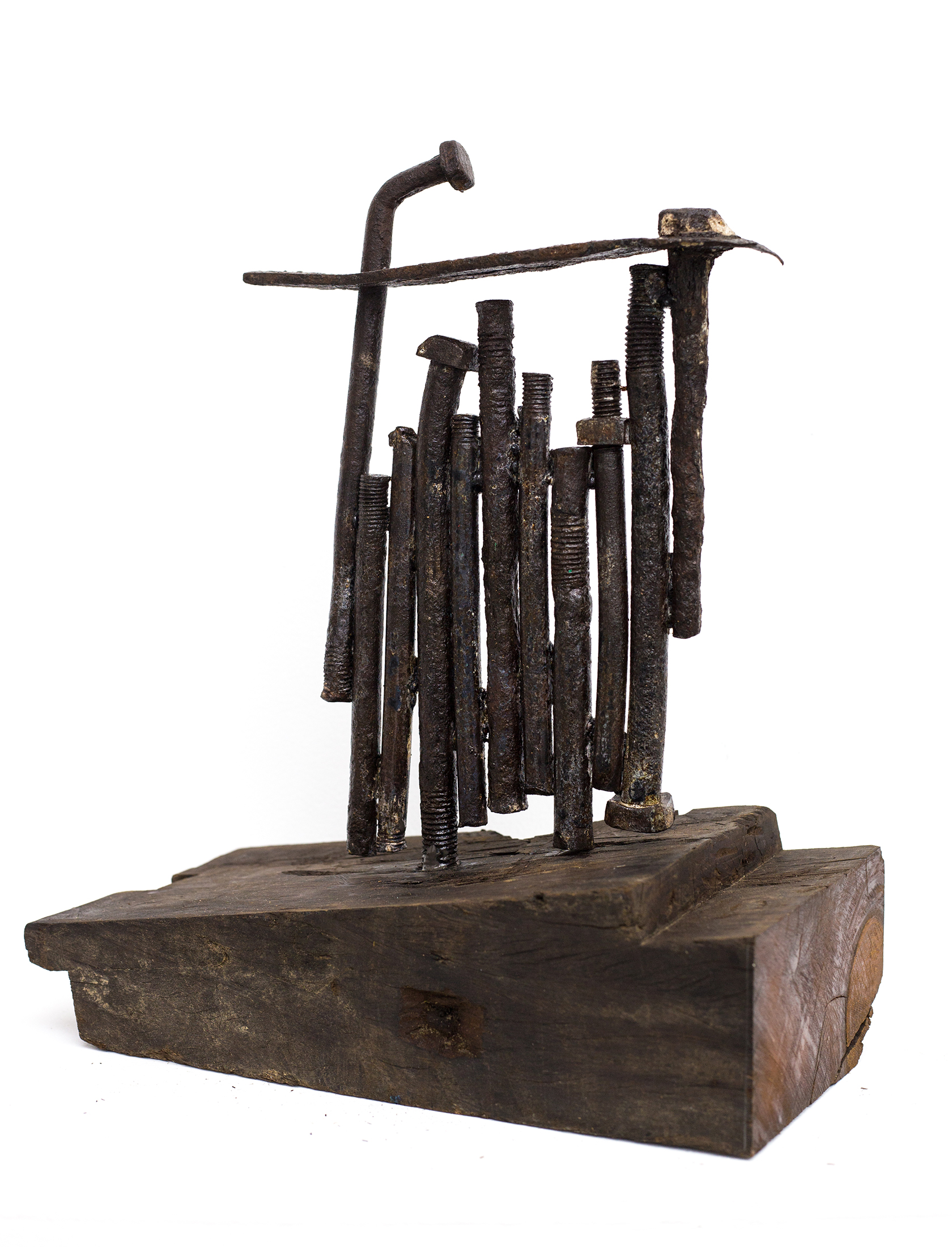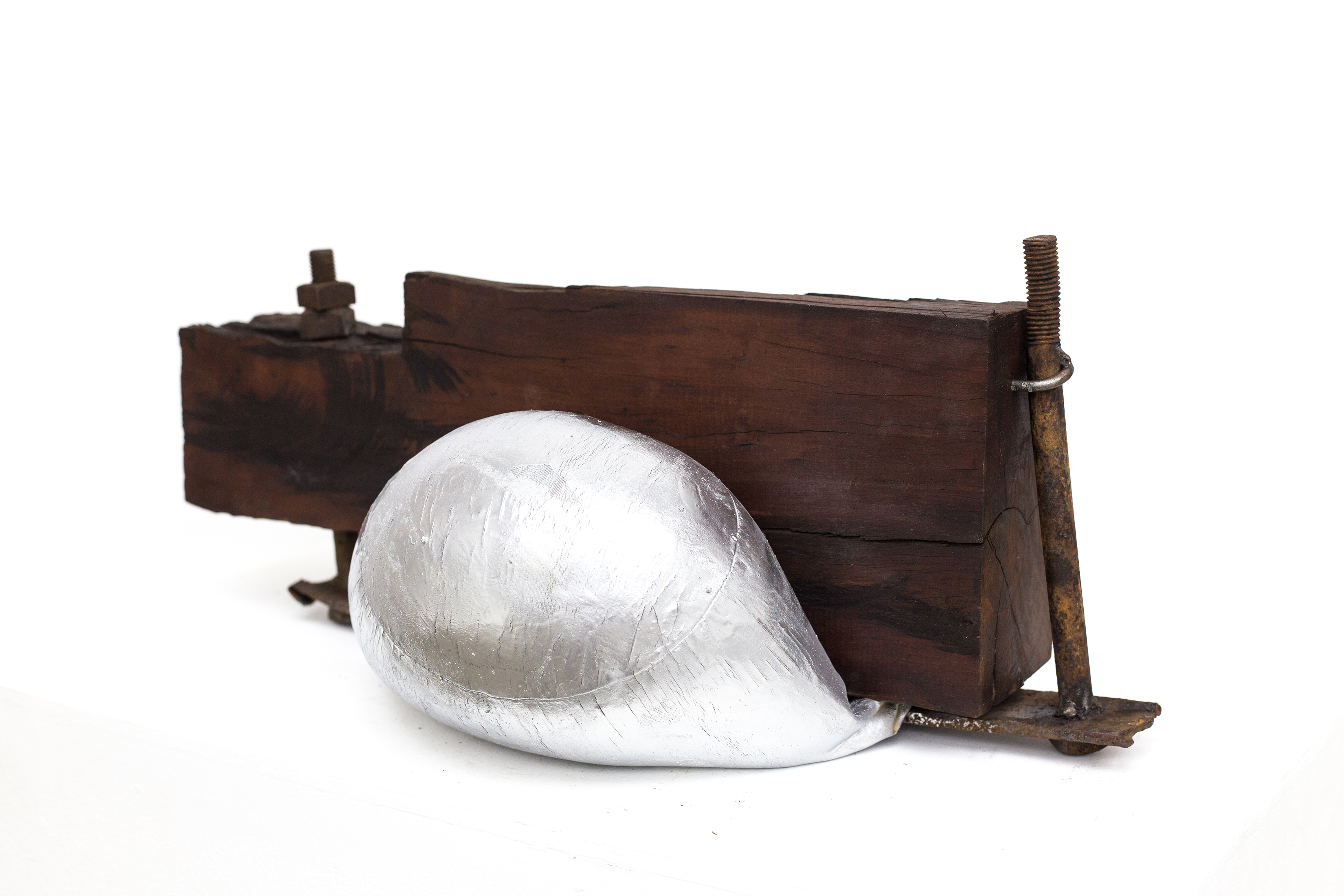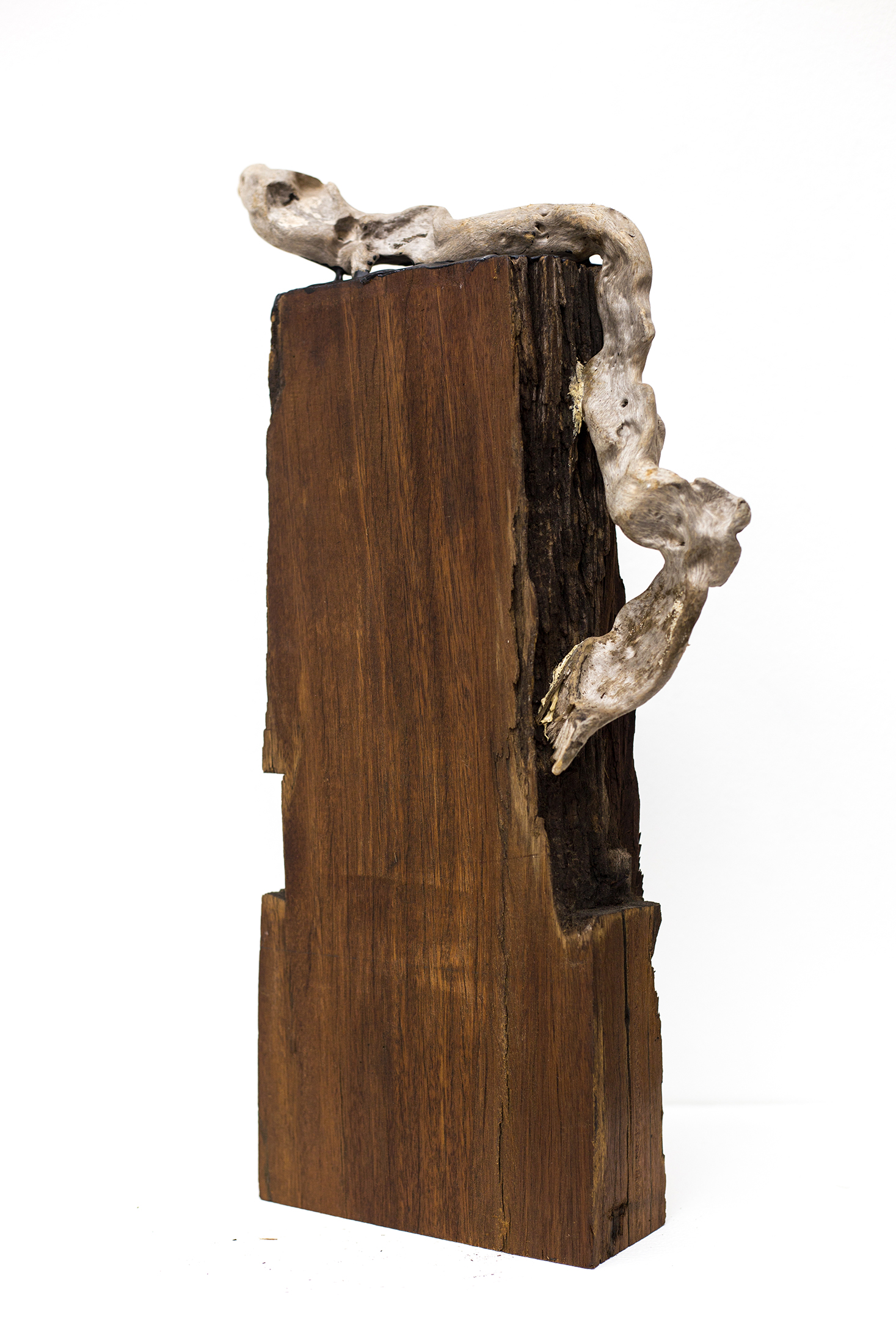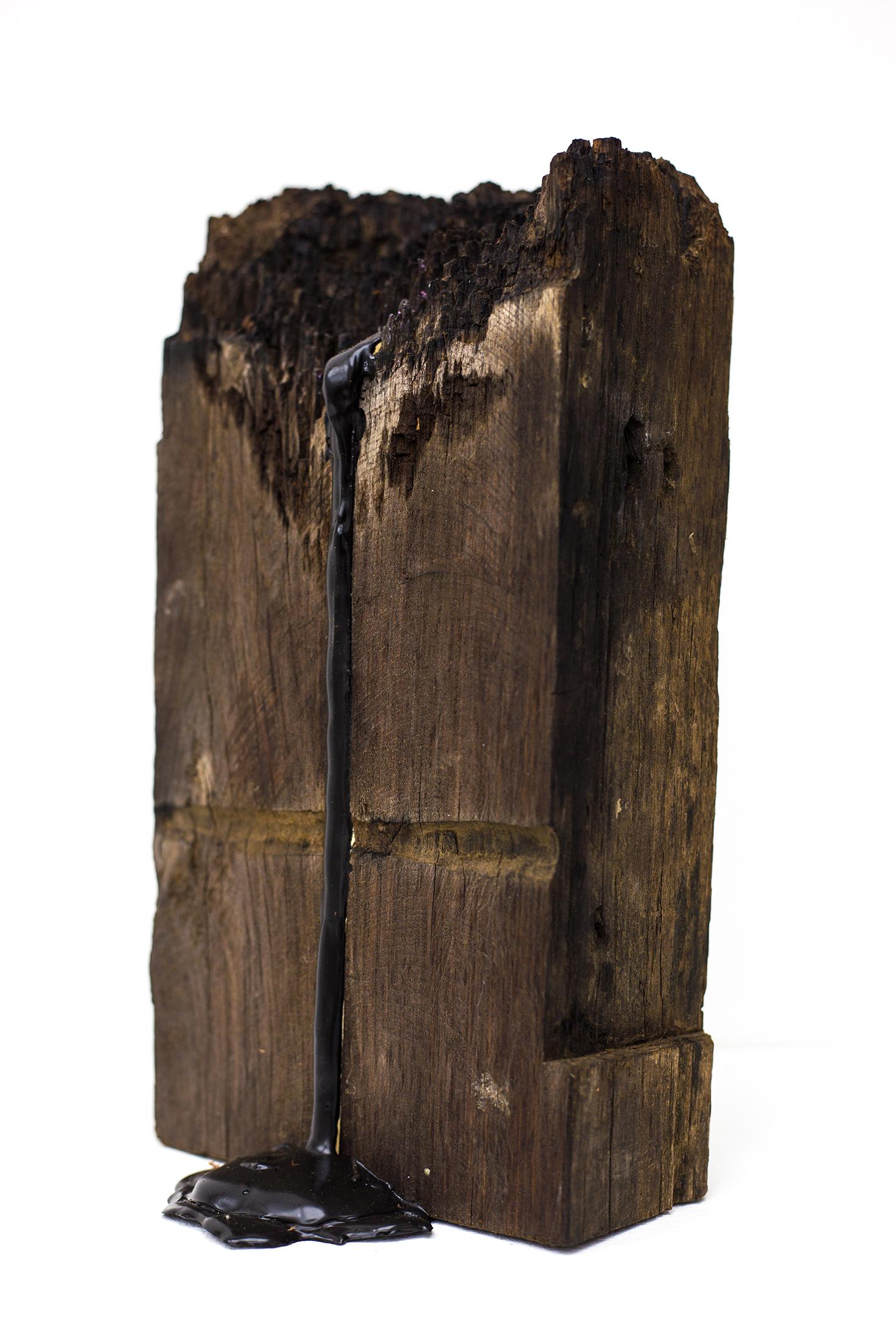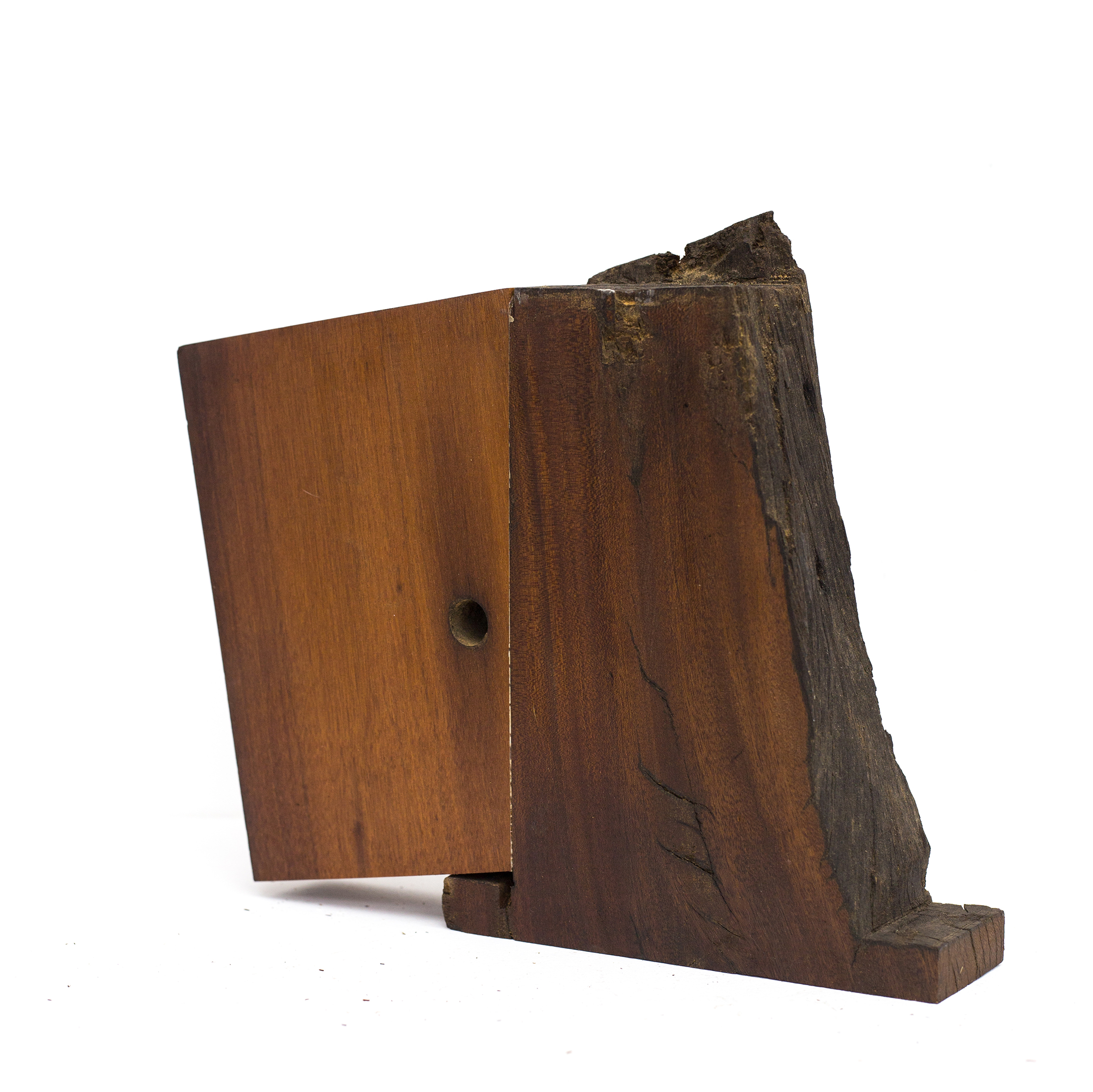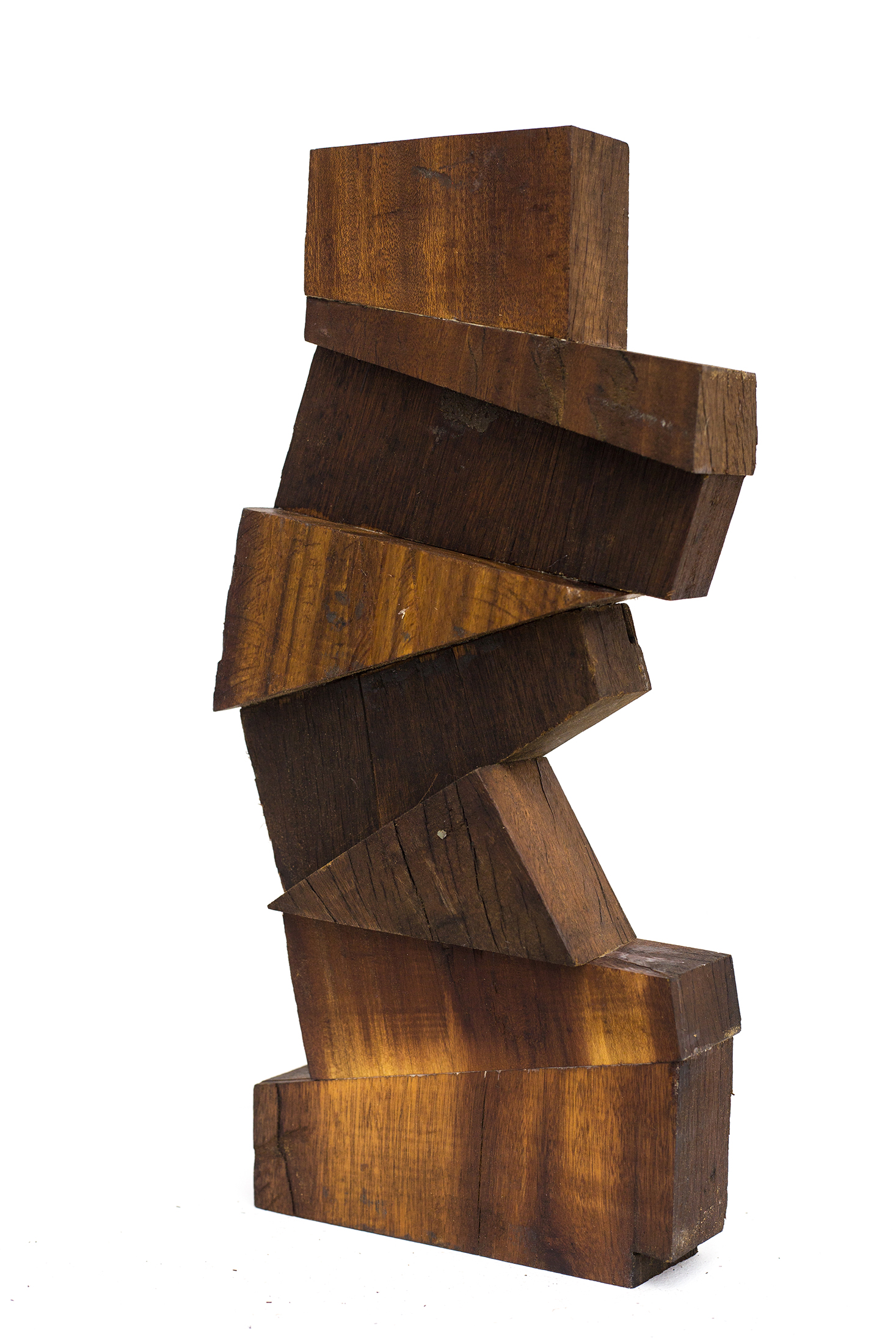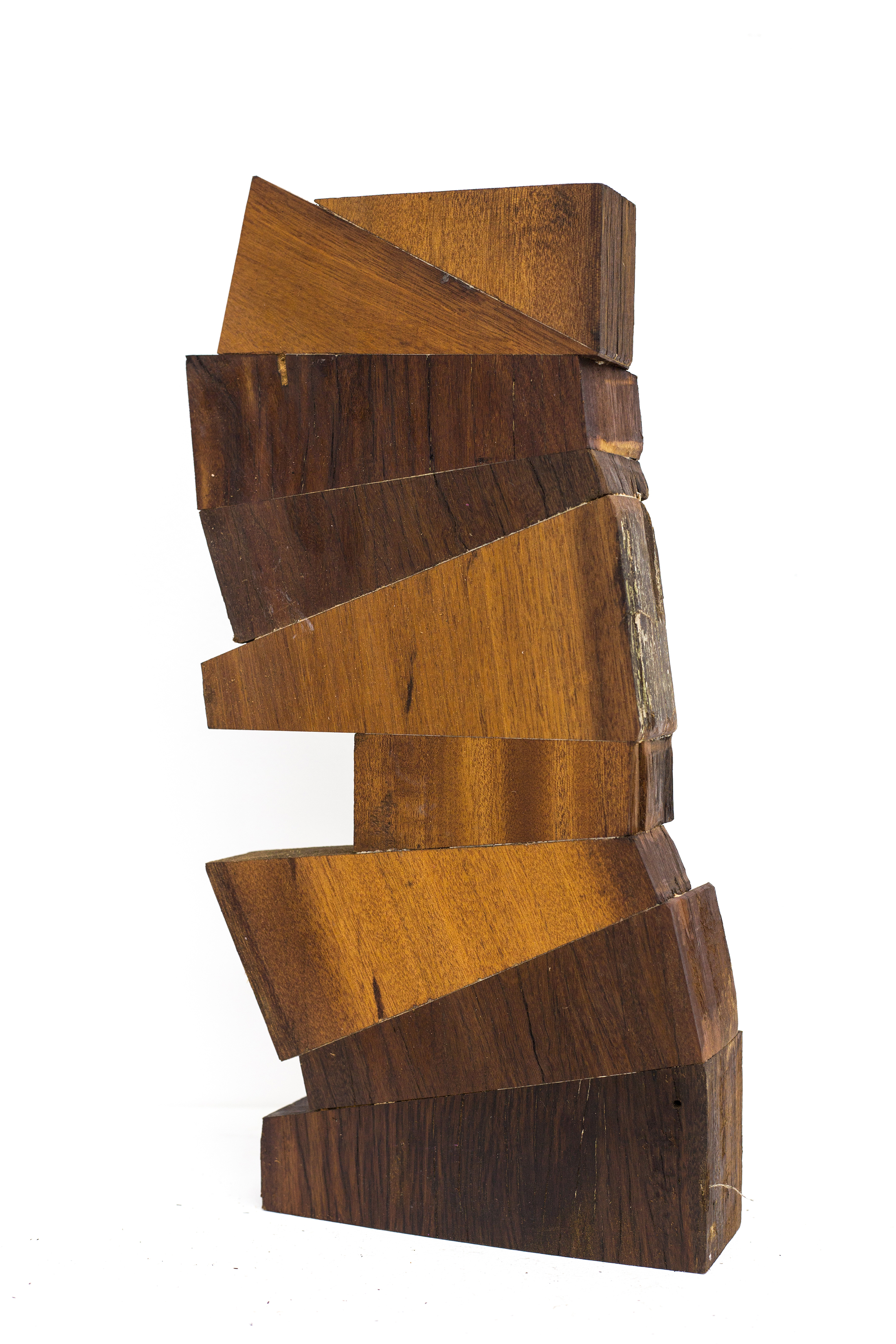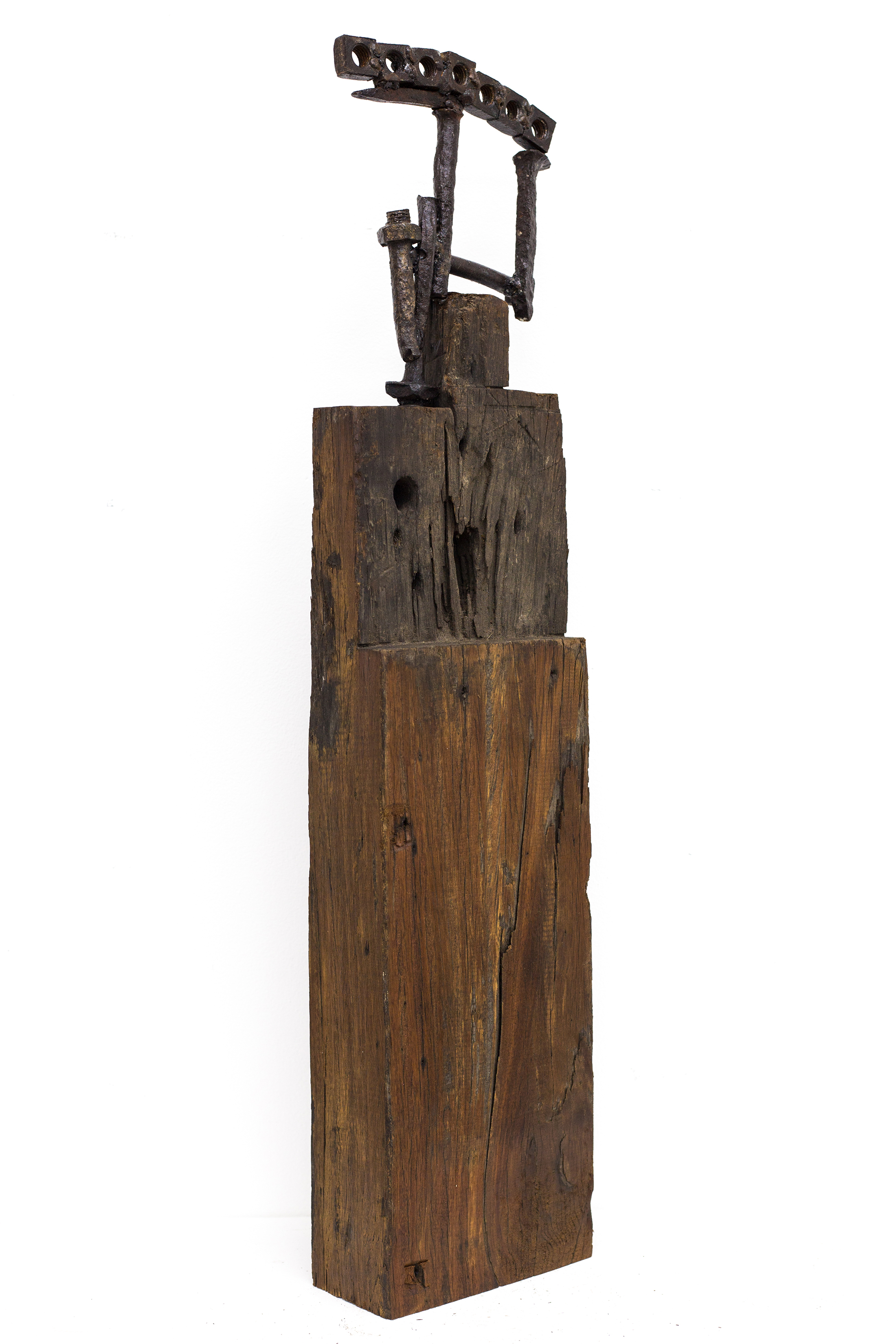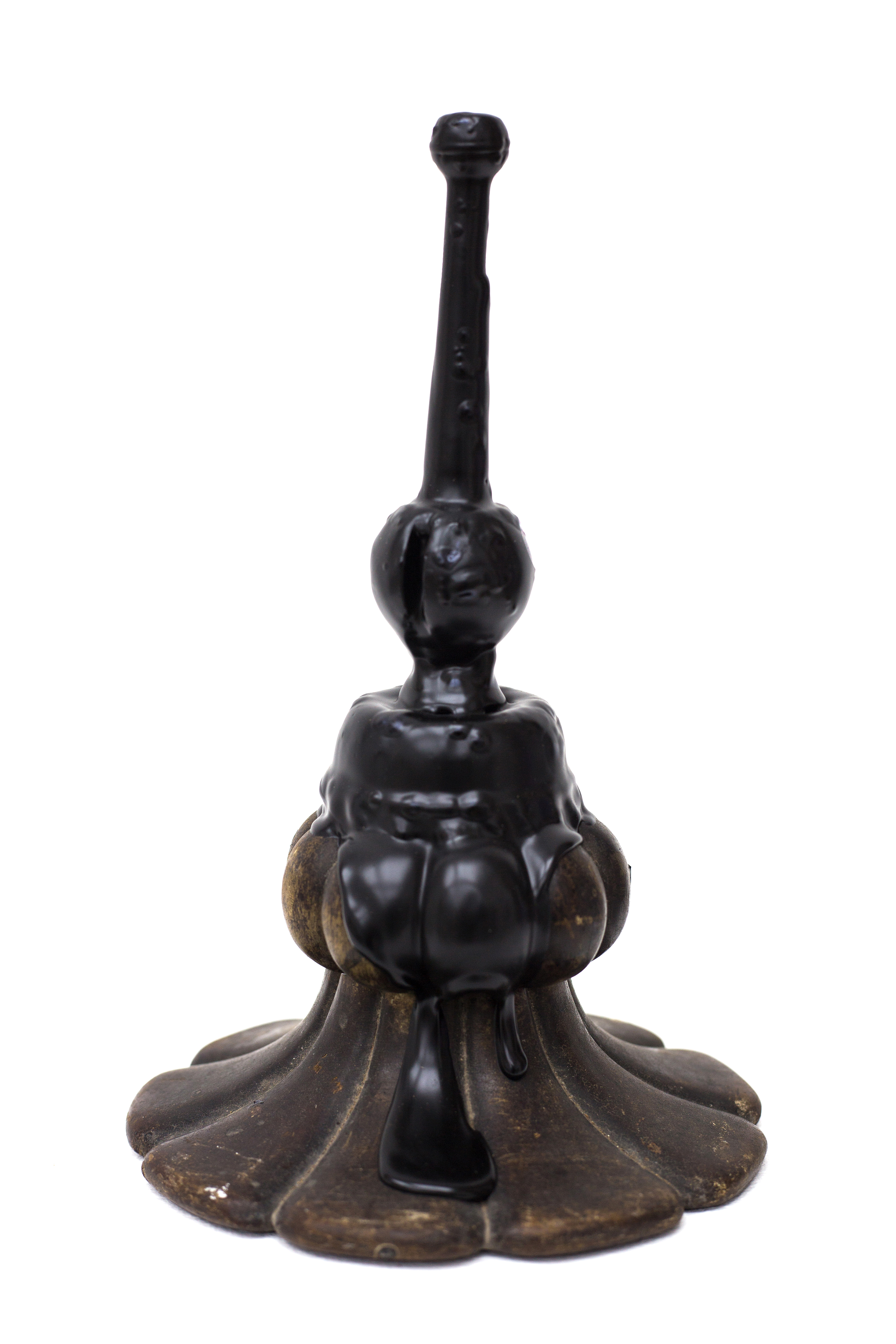
West Bund Art and Design
Bernardo Pacquing
Booth N107, West Bund Art Center, Shanghai
Installation Views
About
SILVERLENS at West Bund Art and Design 2019: Bernardo Pacquing Solo Presentation
SILVERLENS is pleased to participate in its third West Bund Art and Design fair in Shanghai with a solo presentation by Bernardo Pacquing.
For this presentation, Pacquing continues to extract pictorial elements from found objects by reinscribing it with motifs of space, color, and line through forms that displace past assumptions and host new meanings. He takes fragments once part of a forgotten whole – broken rulers, rusted screws, sea detritus, reclaimed wood – causing them to withdraw from their homogenous use by highlighting their fundamental qualities.
Pacquing's language of abstraction is a gradual process of complicated gestures set on building and grafting. In this new series of paintings and assemblages, he takes visual cues from aged wood from ruined houses buried under volcanic soil. Each canvas begins with an underpainting, a classic Renaissance technique used to advise the tone and color of a painting. His practice is unusual in the way he uses black as a structural base before slowly multiplying layers to as many as eighteen or more with each coating different from the next. Oil paint is mixed with materials typically used in the construction industry like tile adhesive, which shows as translucent yellow on the canvas. The expressive lines, blocks of color, thickened clumps, and drip markings show impressions of what could be a step ladder or a pile of bricks. The abstraction strips the block shapes of context and meaning until what remains are the detailed surface textures of the canvas. The viewer is then confronted by a large scale object where its own connected physical characteristics are its own – vital and independent.
On assemblages, Pacquing takes risks by seemingly grafting one object on to another in the act of contaminating material codes. In one work, a block of darkened wood is inserted by strips of packing carton with the paper cells exposed sideways. Another is of a cindered block with a black trail of hardened resin pooling at its bottom. On canvas, the act of grafting becomes a form of binding with a large work made from discarded camping gear compressed between two pieces of wood and hoisted by ripcord. It is dominated by messy swathes of gray, emulsified black and beige color. Another work is made of bent wood slab painted black and white with its center grounded by a weathered furniture leg tied by thick rope with its ends let loose. This is a consistent theme found in Pacquing's oeuvre, where he uses sculptural forms to reinforce ideas of simplified geometry.
For an ongoing sculpture park in Pampanga, its genesis grew from the same excavated century-old wood used for the series above. The material is removed from being the ruined structure of a house into a cluster of domes as if in a village or a community. The large-scale installation becomes a site of art-making and play for both kids and grownups. They are differently made and layered like his canvases. Domes hark back to pre-history when it was used to provide shelter to the first civilizations. At its most essential, they are half-spheres adopting shapes like triangles for structural strength.
It is these schematized shapes found in Pacquing's work that allow the experience of it to exist in shifting space, varying contexts. It can be many things to many people with its meaning refusing to remain static long after it is articulated.
Words by Josephine V. Roque
Josephine V. Roque is a freelance writer based in Manila. She earned her MFA in creative writing at De La Salle University and won the Purita Kalaw-Ledesma Prize for art criticism in 2017. She writes reviews and profiles for ArtAsiaPacific Magazine.
Bernardo Pacquing continues to approach the expressive potential of abstraction in painting and sculpture through the use of disparate found objects that confront and disrupt perceptions of aesthetic representation, form, and value. By focusing on the organic shapes of visual reality, his work displaces notions of indisputable forms and opens possibilities for coexisting affirmations and denials.
Pacquing was born in Tarlac, Pampanga in 1967. He graduated from the University of the Philippines College of Fine Arts in 1989 and was twice awarded the Grand Prize for the Art Association of the Philippines Open Art Competition (Painting, Non-Representation) in 1992 and 1999. He is also a recipient of the Cultural Center of the Philippines Thirteen Artists Award in 2000, an award given to exemplary artists in the field of contemporary visual art. Pacquing received a Freeman Fellowship Grant for a residency at the Vermont Studio Center in the United States. He lives and works in Parañaque City.
Established in 2014, West Bund Art & Design presents a selection of leading galleries from China and across the globe, providing a platform for international exhibitors to showcase the finest quality of modern and contemporary art in Shanghai.
Works

